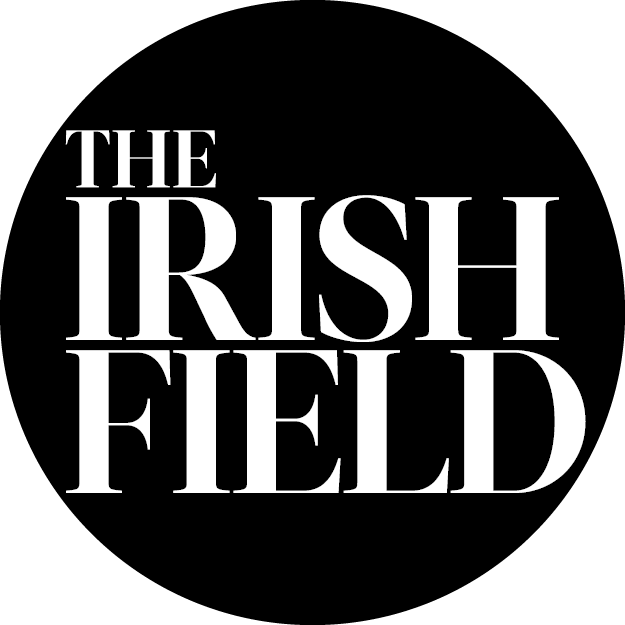SO often in my time working with horses and knowing my interest in equine welfare, people have told me about emaciation, about horses they have known to be ‘skinny ++’, about people they have heard being ‘prosecuted for starving donkeys to the point that their ribs stick out’ etc. When called to welfare cases, investigating officers often find that the equine in question is actually in reasonable bodily condition but looks thin in comparison to its overweight companions.
Rarely have I encountered sufficient awareness of how dangerous and how damaging it is to horses but especially to ponies and donkeys to be allowed become obese. And I use the words ‘be allowed to become’ deliberately, as these are domesticated animals whose diet, exercise and general management are under the care of owners/keepers. We have (legally and morally) a duty of care to maintain them in reasonable conditions and this includes reasonable body condition.
On a scale where zero equals emaciated to five equals obese, all equines (with exceptions such as illness) should score two or three. And this isn’t for reasons of appearance or optics, it’s because their health and welfare depends on it.
Two things to say specifically about fat:
1. It’s an active body tissue - it isn’t the inert passenger many think it to be, carried simply as a bothersome burden, doing nothing. It’s comprised of fat cells that, in excess, have several adverse effects on an equine’s hormone and metabolic systems. Laminitis is but one consequence.
2. What you see on the surface of an overweight equine is the ‘tip of the iceberg’ effect – there is much more hidden in dangerous places under the skin and around internal organs if you had but x-ray eyes.
Excess energy
Some breeds are naturally thinner than others and some individuals more inclined to store excess energy as fat – in other words, metabolic efficiency varies between equine types and individuals. Imagine you’re building a house and thinking of incorporating a fireplace for ambiance.
A thoroughbred racehorse is like an open-to-the-skies hearth you could stand upright in, with most of the heat disappearing up the chimney breast and you burning half a tree each evening. You can hardly keep weight on your strenuously exercising, on-his-toes, living-on-his nerves athlete, no matter how concentrated the feed you provide.
But a native pony or donkey is like you’ve installed a wood-burning stove with a pipe running up through the floor above. A little fuel lasts an evening time! These animals evolved for metabolic efficiency, which was fine when we asked some serious work of them, carrying a load or pulling a cart. But take away these tasks while failing to adjust their feed intake and you have a Thelwell cartoon-beast – as round as he is tall.
When feeding a sedentary equine prone to obesity, consider that barley straw, strange as it may seem, is an ideal base feed, just be sure to attend to their dental health so that they chew it efficiently. Supplement with other fibres (hay/haylage) and only add in more concentrated elements if their exercise output demands it.
Equines should be fed according to age, exercise or other load (e.g. pregnancy), and their individual needs, so as to maintain health. We can all help:


 This is a subscriber-only article
This is a subscriber-only article
 It looks like you're browsing in private mode
It looks like you're browsing in private mode





SHARING OPTIONS: